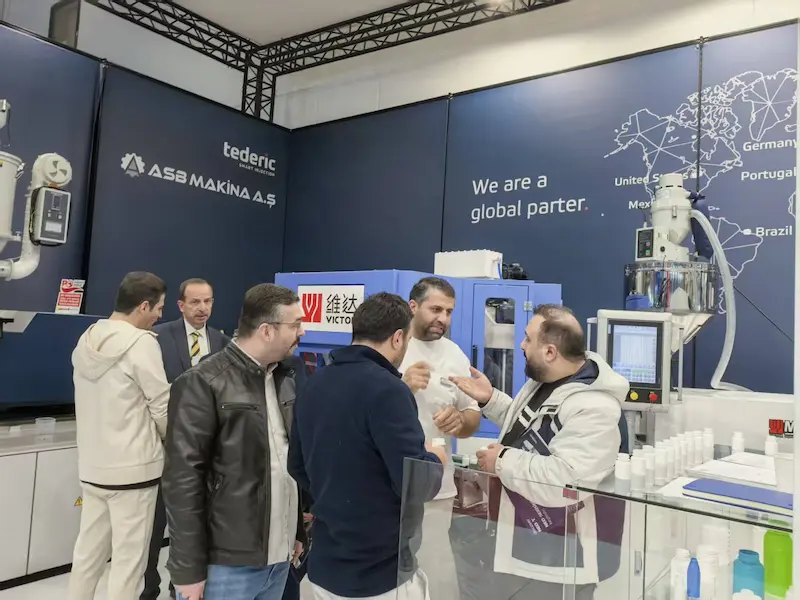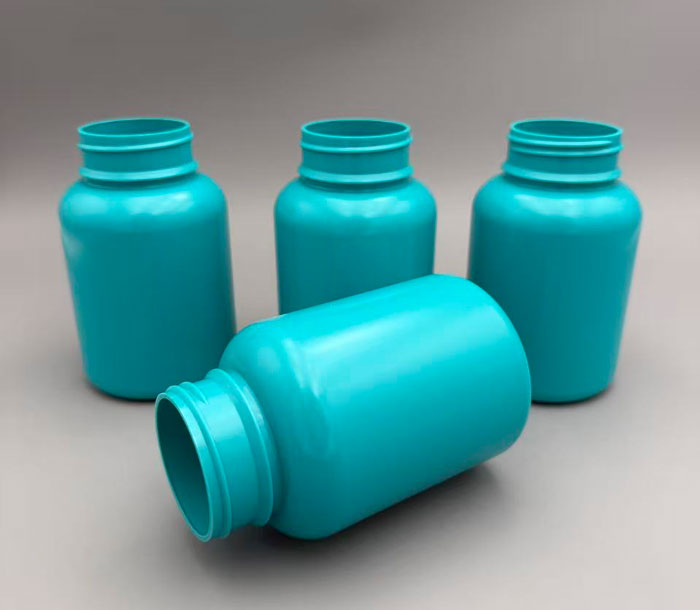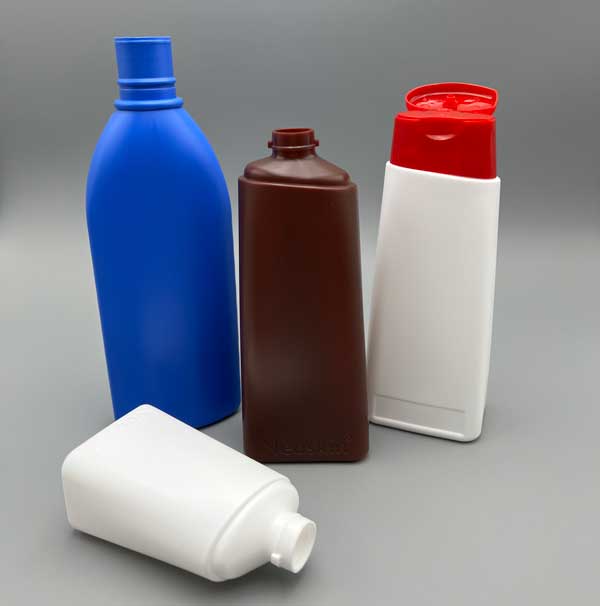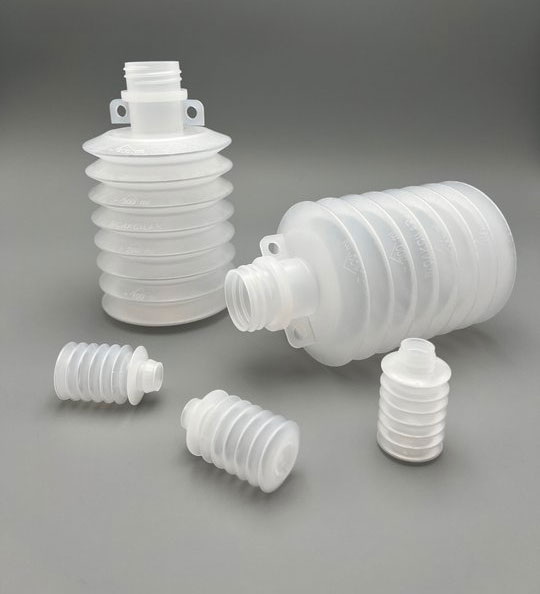Why Personal Care Brands Prefer Injection Blow Molding Packaging
Personal care packaging battles daily challenges. Leaking bottles ruin products. Generic designs get lost on shelves. Production costs can drain profits. Brands need solutions that perform.
Injection blow molding creates premium packaging with perfect seals and complex shapes. It offers high-volume production at lower costs. This method ensures brand consistency while preventing leaks. These advantages make it the top choice for personal care companies.
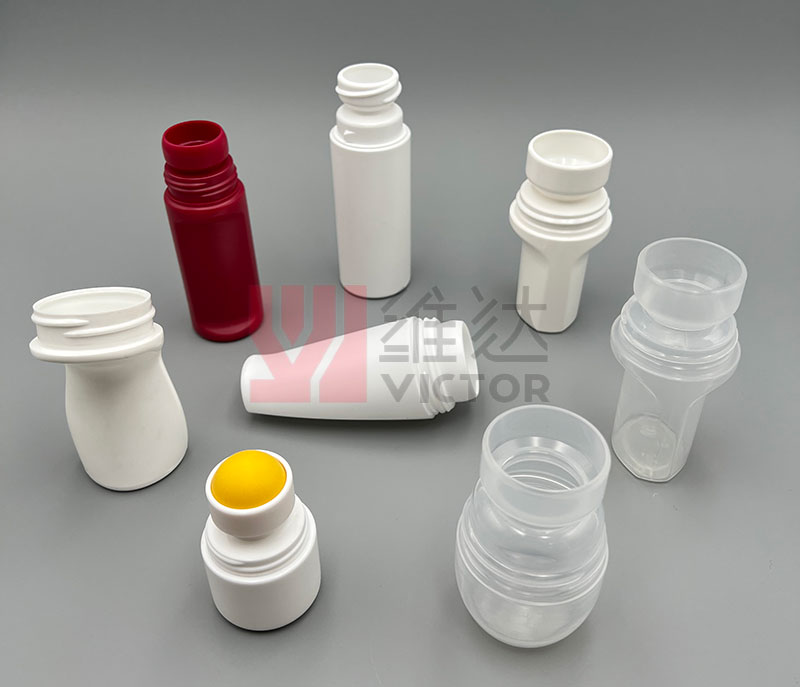
Let's explore how this manufacturing method solves key challenges. We'll examine design freedom, cost efficiency, and performance reliability.
Enabling Complex Shapes & Premium Aesthetic Designs: How Does It Work?
Bland packaging disappears on crowded shelves. Simple designs fail to communicate luxury. Customers judge quality by container appearance first.
Injection blow molding produces intricate contours and fine details consistently. It achieves precise wall thickness and smooth surfaces. This allows unique brand-specific shapes that stand out. Premium finishes feel luxurious in hand.
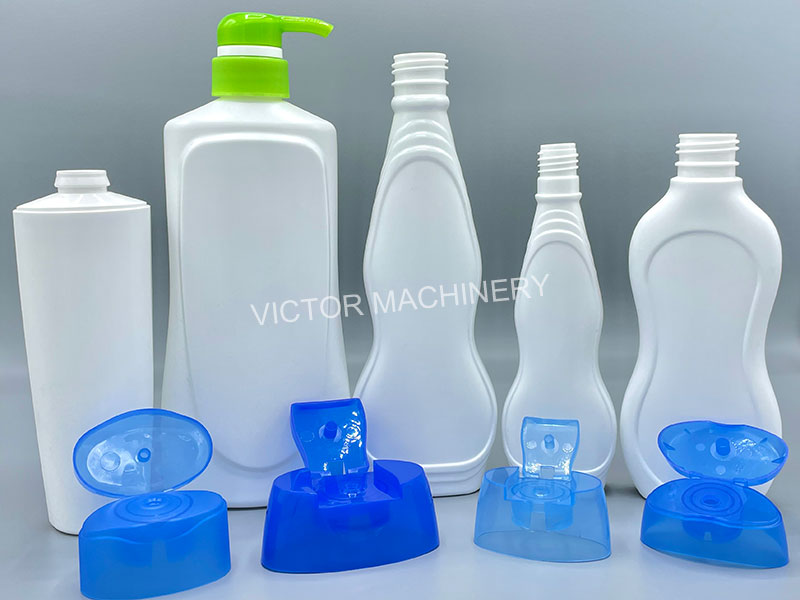
Design Possibilities and Surface Quality
This process unlocks creative freedom through precise control:
- Undercuts and curves: Creates ergonomic grips and flowing silhouettes
- Textured surfaces: Produces matte, glossy, or soft-touch finishes
- Fine details: Achieves sharp logos, patterns, and lettering
- Material effects: Enables transparent, opaque, or colored sections
Design feature comparison across methods
| Feature | Injection Blow Molding | Extrusion Blow Molding | Injection Molding |
|---|---|---|---|
| Shape Complexity | High (hollow forms) | Medium | High (solid only) |
| Wall Uniformity | ±5% variation | ±15% variation | ±3% variation |
| Surface Finish | Mirror-smooth | Visible lines | Mirror-smooth |
| Detail Precision | 0.2mm features | 0.5mm features | 0.1mm features |
| Transparency | Crystal clear | Hazy | Crystal clear |
Design execution starts with precision tooling. We use aircraft-grade aluminum molds. Each cavity gets hand-polished to optical finish. Material flows evenly into all details under uniform pressure. Cooling systems maintain ±2°F stability to prevent sink marks. Multiple materials can be integrated in one cycle. Custom resins allow pearl or translucent effects. Surface textures are chemically etched into the mold. All these combine to create premium, shelf-ready packaging.
Ensuring Cost-Effective Production for High Volumes: Where Do Savings Come From?
Mass production often means quality compromises. Traditional methods waste materials. Manual processes increase labor costs. Budget constraints limit design options.
Injection blow molding reduces waste by 40% compared to alternatives. Automation cuts labor needs. High-speed machines produce over 15,000 bottles per hour. Quick mold change systems enable batch flexibility.
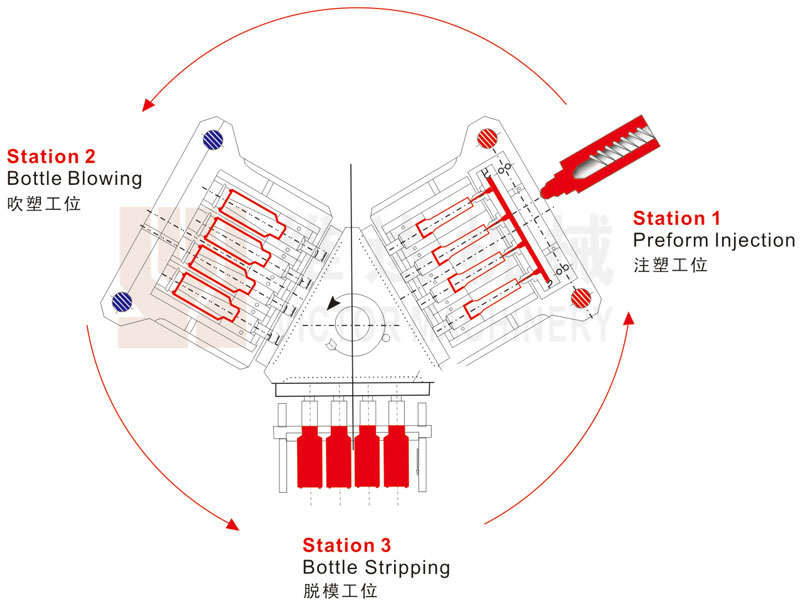
Efficiency Drivers and Cost Structure
Key savings areas:
- Material usage: Near-zero scrap through controlled parison formation
- Energy efficiency: 30% less power than extrusion blow molding
- Labor reduction: One operator manages multiple machines
- Tool longevity: Molds last over 5 million cycles with proper maintenance
Production cost breakdown per 10,000 bottles
| Cost Component | Injection Blow Molding | Extrusion Blow Molding | Difference |
|---|---|---|---|
| Raw Materials | $220 | $310 | -29% |
| Machine Time | $80 | $120 | -33% |
| Labor | $30 | $90 | -67% |
| Scrap/Waste | $15 | $85 | -82% |
| Total Per 10k | $345 | $605 | -43% |
Integrated robots handle molding to packaging. Regrind systems reuse all trimmings. Multi-cavity tools increase output dramatically. A 16-cavity mold produces every 7 seconds. Energy recovery systems reduce overall consumption. These factors lower per-unit costs and free budget for better materials and finishes.
Achieving Superior Leak-Proof Integrity for Viscous Formulations: What Makes It Secure?
Leaking shampoos ruin luggage. Thick creams clog poorly sealed caps. Product waste angers customers. Brand reputation suffers from messy failures.
Injection blow molding creates seamless, one-piece containers with precise neck finishes. Uniform wall thickness prevents weak points. The result handles pressure from dense formulations.
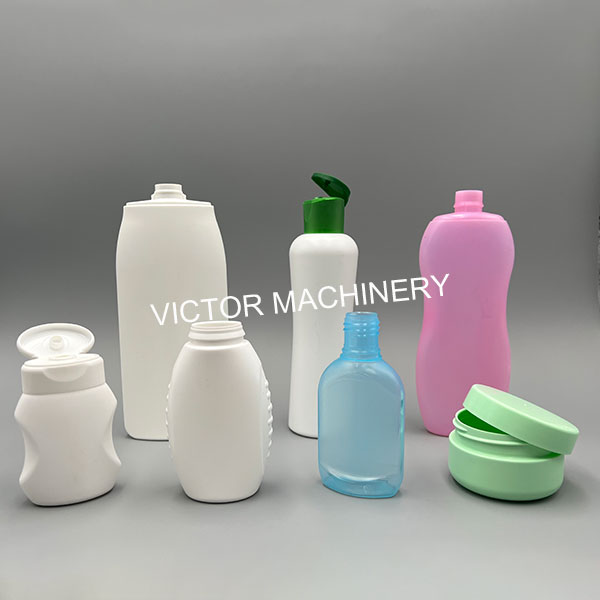
Seal Technology and Performance Validation
Leak-prevention mechanisms:
- Molded-in thread precision: ±0.03mm for tight cap alignment
- 360° sealing surfaces: Perfect contact with liners and gaskets
- Material memory: Resins rebound after squeezing
- Stress distribution: Eliminates thin walls that cause cracks
Leak test results comparison
| Product Type | Test Method | IBM Pass Rate | EBM Pass Rate | Improvement |
|---|---|---|---|---|
| Shampoo (SLS) | Inverted 48hr test | 99.8% | 95.1% | +4.7% |
| Silicone Serum | 120°F thermal cycle | 99.5% | 92.3% | +7.2% |
| SPF Lotion | Pressure differential | 99.9% | 97.4% | +2.5% |
| Conditioner | Vibration simulation | 99.6% | 94.8% | +4.8% |
We use stress-crack resistant materials to withstand surfactants. Weld lines are eliminated during molding. Neck dimensions are laser-verified. Torque control ensures proper capping. Real-world testing includes inverted storage, pressure cycling, and vibration. Quality gates reject any defective units before shipment.
Conclusion
Injection blow molding delivers design freedom, cost efficiency, and leak-proof performance. For personal care brands seeking standout packaging and production reliability, it remains the industry’s preferred solution.

